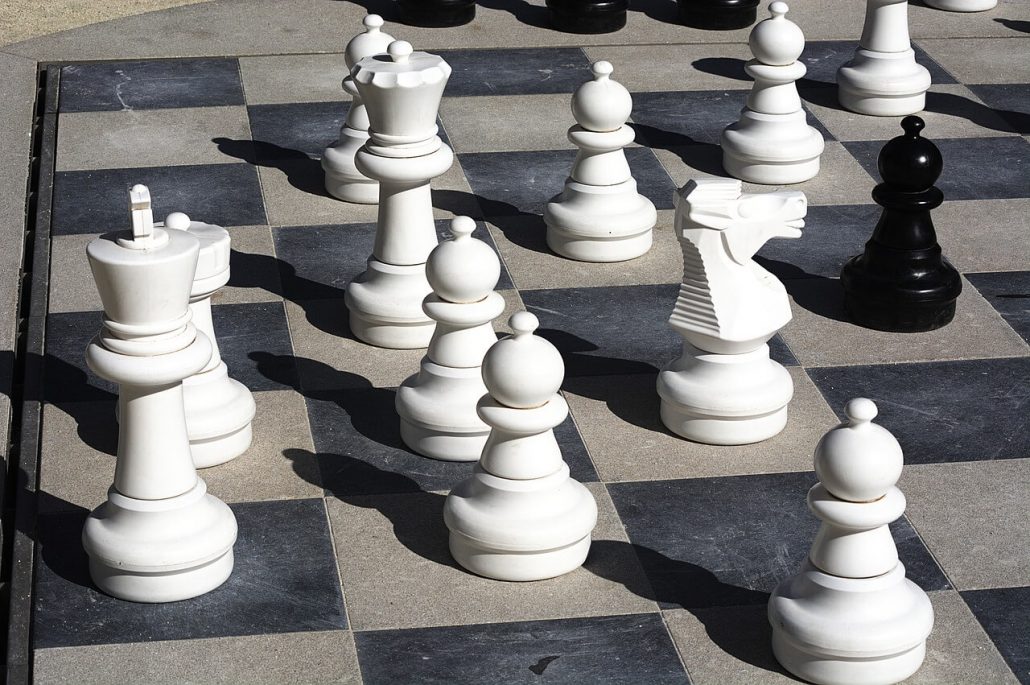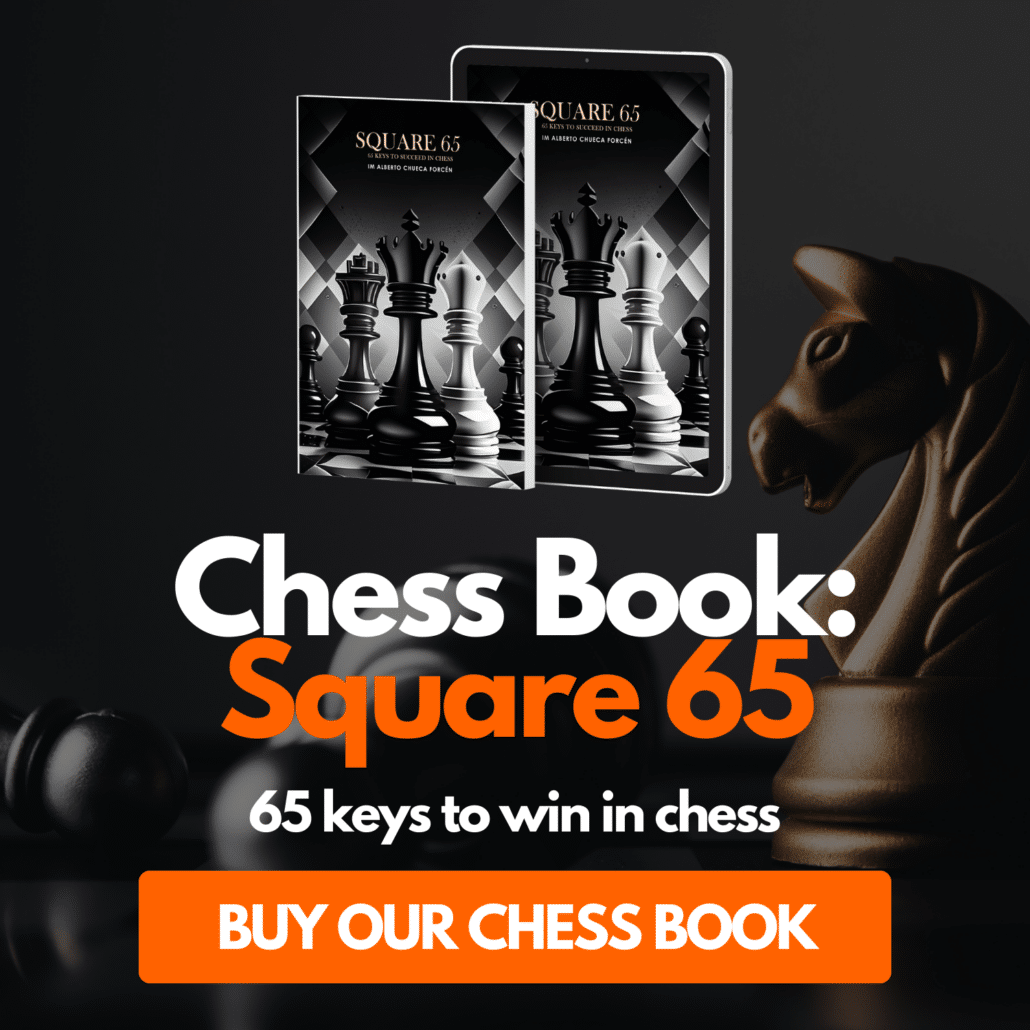Table of Contents
The all-mighty chess knight
The chess knights are indispensable pieces, they are “cheap”, I mean, sacrifice material, also pretty strong in the correct positions. Placing a knight correctly in the center of the board without an opposition can be enough advantage to win the game.
This piece can make a real disaster in the position by just being in the right square. This is why masters maneuver their knights to improve their position on the board.
The great point about the knight is that is easily re-ridden to a different place. The knight is the only piece on the board that can go over other pieces so it's easy to move them around until getting them in a good position.
We see this even in high-level tournaments between strong players. Especially in crammed closed position with little space to move our pieces around.
Deploying the chess knight effectively in different kinds of positions has become an art. Today I'll tell you how to improve your strategic visualization of the chess knight. So you learn how to deal with the bad knight and determine beforehand the best square for it on the board.
The chess knights favorite places
There are special squares on the board where they do best on their functions. The rule we all hear when learning chess is:
Knights should be posted in the center, not at the edge of the board
This is a general rule and like all “general rules” they are relative. There are moments in which a knight will do better at the edge of the board.
Remember the real value of a piece is determined by the role is playing in the position. Sometimes a knight on h5 can be a very good knight because of the initiative and attack possibilities it grants.
But most of the time the chess knight's favorite squares are e4, d4, e5, and d5. Our goal should always be to place the knight in any of these squares by following some steps:
- Ensuring the square you aim for can't be protected for a pawn anymore
- Eliminating all the pieces that can fight for the control of that square
- Being fully secure the weak pawn behind the square can't push forward
It will normally work like that in the practice, but you always have to be aware because there will always be tricks and tactics to eliminate the “hole” of the position.
If you want this to work properly be sure your opponent doesn't have counter-play.
The chess knight essential defense
Everyone says the best castling defender is the chess knight. The f3 knight covers a lot of key squares (f6 for black). It controls some central squares, looks to some very annoying squares like g5 to bother the enemy king, and finally protects the king.
A well-positioned chess knight can be a pain to your opponent, not for the special squares it controls, but for space it gives. Maybe the knight is not directly protecting a square but the knight is too tricky.
The chess knight was born for tactics! Forks and sacrifices are all around the position when the knight is unleashed!
We can see this in many chess knight endings in which the knight can get a draw or win with a pawn building the “invisible wall” with the forks and the tactics.
The chess knight is a great defender because it can be very restrictive to your opponent. It's always a good piece to attack and defend at the same time.
One excellent example of this is the f5 square. This square for the chess knight is called “Kasparov's office”. A knight on this square creates opportunities for sacrifices on g7, checks, and many tactical threats.
The chess knight blocking the advanced pawn
The knight is also useful to block advanced pawns. Any pawn representing a threat for your side can be virtually neutralized by blocking it. The perfect piece to do this is the knight with all its splendor!
Rooks and bishop tend to be passive when blockading a pawn, but chess knights are actively killing the pawn's initiative while putting pressure on the pawn chain.
This is why in IQP positions the main plan is to block the pawn, if you can do it you will normally get the advantage. You combine the lack of pawns to protect the square in front of the pawn with the isolated pawn's passivity and that's it.
As I always say, you need to look for the best squares to put your pieces. Make a whole plan just to achieve the control of the square you think is best for it and carry it out.
Chess knight typical sacrifices
There are many chess knights' interesting sacrifices like the sacrifice of the knight on g7 or even h7 sometimes. But there are typical main ideas with the knight which exploit all the potential of the knight as a sacrifice piece.
The typical sacrifice of the chess knight on f5 in the Sicilian Defense is one of the most interesting ideas of this opening. Sacrificing the knight on this square has some key ideas:
- Sacrificing the knight on f5 so black takes the piece with the e-pawn to open up the a2-g8 diagonal against the king.
- Try to lure black into the trap of taking the knight with the g-pawn so the g-file is used to create an attack against the king.
- The clearance of the d-file to quickly put pressure on the d-pawn
Many opportunities are given to white when making this sacrifice. If you love wild attacking positions in the Sicilian defense you should study these ideas.
You may also like:
Turn Yourself Into A Chess Master! GM/IM/WFM chess title
Chess bishop maneuvering to beat your Rivals
Happy Potter chess sets You Must Have – The Funniest Chessboards













